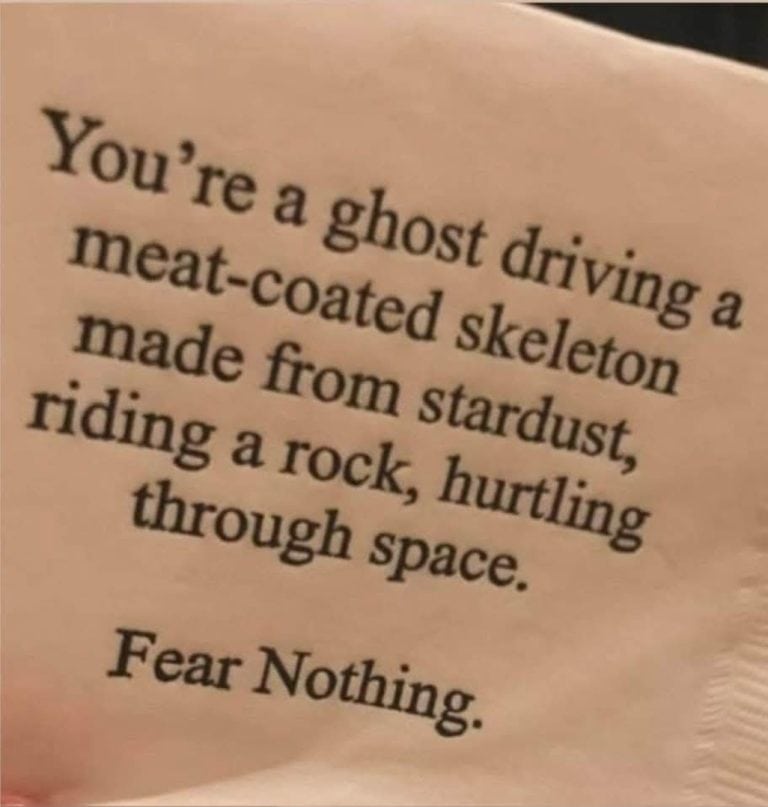Introduction
Charleston, WV, known for its industrial and cultural history, is a city steeped in stories including lesser-known chapters of marginalized communities. Among these are Blackhawk Hollow and Slip Hill, neighborhoods that emerged as hubs for working-class residents during the early-to-mid 20th century. Though scant historical records exist, their stories reflect the socioeconomic challenges and resilience of Charleston’s past. This blog post pieces together fragmented archival clues to illuminate these forgotten spaces.
Blackhawk Hollow: A Valley of Industry and Struggle
Location and Origins
Blackhawk Hollow is a valley in Kanawha County, nestled near Charleston’s southeastern edge. Its coordinates (38.3331541, -81.5865109) place it within the ZIP Code 25311, adjacent to small communities like Snow Hill and Airport Village. The area’s proximity to industrial centers—such as the Union Carbide plant in South Charleston and the McLaughlin Air National Guard base—suggests it housed workers drawn to the Kanawha Valley’s booming chemical and manufacturing sectors in the early 1900s.
Life in the Hollow
Though no official records label Blackhawk Hollow as a “slum,” its geography and economic context imply it was a working-class enclave. Valleys like this often became informal settlements due to cheaper land and isolation from urban centers. Nearby neighborhoods like Kanawha City and Riverview were similarly modest, with residents likely working in nearby factories or salt mines. By the 1960s, industrial decline may have exacerbated poverty, leaving the hollow economically stagnant.

Modern Echoes
Today, Blackhawk Hollow remains a quiet, sparsely populated area. The nearby Sunrise Carriage Trail in South Hills—once a symbol of wealth—contrasts sharply with the hollow’s understated history, highlighting Charleston’s socioeconomic divides.
Slip Hill: A Faded Industrial Corridor
Location and Significance
Slip Hill, referenced in a 1960s photo from mywvhome.com, was situated along Sissonville Road near Charleston’s outskirts. The name itself hints at unstable terrain, possibly linked to landslides or poor infrastructure. While details are scarce, the area’s association with mid-century automotive culture (e.g., drive-ins and motels) suggests it catered to transient populations or blue-collar workers.
The Slip Hill Photo
The lone visual record of Slip Hill—a black-and-white image from the 1960s—depicts a modest road flanked by wooded slopes. This aligns with oral histories of Charleston’s “hollows,” where residents built makeshift homes on marginal land. The 1961 Magazine Hollow flood, which devastated nearby areas, may have also impacted Slip Hill, compounding its vulnerabilities .

Decline and Legacy
By the late 20th century, Slip Hill likely faded into obscurity as Charleston expanded westward. Its story mirrors that of other Appalachian communities—resource-rich yet economically overlooked.
Why These Stories Matter
Charleston’s historic preservation efforts focus on grand landmarks like the Craik-Patton House or the East End Historic District , yet neighborhoods like Blackhawk Hollow and Slip Hill reveal a grittier truth. These areas underscore:
- Industrial Dependency: Workers fueled Charleston’s chemical boom but often lived in substandard conditions.
- Geographic Marginalization: Valleys and hillsides became de facto settlements for those excluded from prime real estate.
- Historical Erasure: Without formal recognition, these communities risk being forgotten.
Conclusion
Blackhawk Hollow and Slip Hill are more than geographic features—they are testaments to resilience in the face of neglect. As Charleston continues to celebrate its heritage, acknowledging these spaces ensures a more inclusive historical narrative. Future research into oral histories or municipal archives could further unravel their secrets.
Bibliography
- Hometown Locator. “Blackhawk Hollow in Kanawha County WV.” West Virginia Gazetteer. Accessed May 21, 2025. https://westvirginia.hometownlocator.com/maps/feature-map,ftc,1,fid,1536059,n,blackhawk%20hollow.cfm.
- Mapcarta. “Crouch Hollow Map – Valley – Kanawha County, West Virginia, USA.” Accessed May 21, 2025. https://mapcarta.com/21952462.
- West Virginia Explorer. “South Charleston, West Virginia.” Last modified December 13, 2012. https://wvexplorer.com/communities/cities-towns/south-charleston-west-virginia/.
- City of Charleston. “Historic Preservation.” Accessed May 21, 2025. https://www.charlestonwv.gov/government/city-departments/planning/historic-preservation.
- Charleston WV Convention & Visitors Bureau. “South Hills: Activities & Attractions.” Last modified January 9, 2023. https://charlestonwv.com/south-hills/.
- Waters, J. “50s & 60s Photos.” My WV Home. Accessed May 21, 2025. https://www.mywvhome.com/fifties/fifties.html.
As always, thank you for riding with me!
https://youtu.be/2VgSz_AS2FA
/run/media/bangy/Video/OLD/5-15-2025/aRideWithMe5-21-2025.mkv
Visibility: Cloudy / Rain
*GPS Coordinate Data Provided on bottom left corner with date and speed*
Destinations in West Virginia by appearance:
South Charleston
Charleston (56:30)
Malden
Rand
Belle
Diamond
Quincy (1:14:00)
Chelyan
James River Road – East Bank (1:22:30)
MacCorkle Avenue – Chelyan (1:25:30)
Marmet
WV Turnpike – Charleston Westbound Terminus (1:40:30)
Blackhawk Hollow – Wertz Avenue – Charleston (1:55:30)
Quincy Mall (2:28:00)
WV61/MacCorkle Avenue – Charleston City Limit (3:28:30)
Kanawha City – Charleston (3:31:00)
US60/MacCorkle Avenue – South Charleston City Limit (3:43:26)
Listen while you ride: My Spotify Playlists
https://open.spotify.com/playlist/5FI2WfzKqFIz5dD0BOA1iw?si=4f12084e12b247ec – Mix
https://open.spotify.com/playlist/5IWoDtlir7k6eww0PNVdGh?si=dca253ebf4e94ac1 – Chill
https://open.spotify.com/playlist/4TNiUuJHvogwtk7ZxWoOpl?si=d4594c2bf5ff4328 – Upbeat



